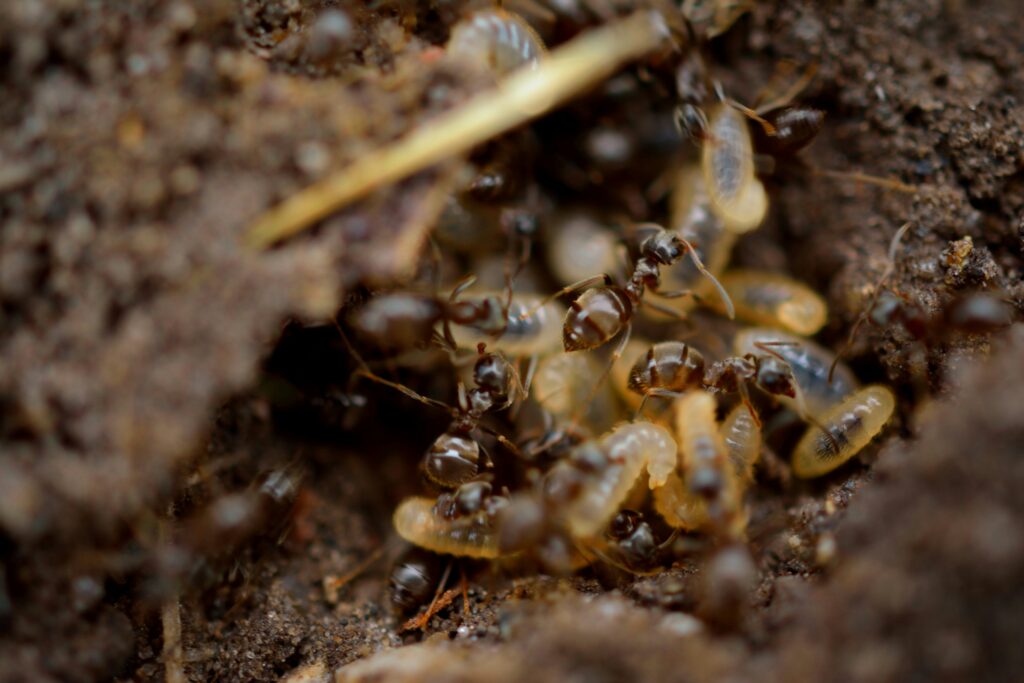In the remarkable world of insects, few creatures command as much awe and scientific interest as termite queens. These extraordinary matriarchs stand as remarkable examples of extreme longevity in the insect kingdom, with some species capable of living for over five decades. While humans celebrate reaching their golden years, these tiny powerhouses quietly rule their colonies for generations, producing millions of offspring and maintaining complex societies beneath our feet. Their exceptional lifespan defies typical insect mortality, making them fascinating subjects for researchers studying aging, social structures, and evolutionary biology. The termite queen’s remarkable journey from a winged reproductive to an egg-laying behemoth offers a window into one of nature’s most successful and enduring life strategies.
The Extraordinary Lifespan of Termite Queens
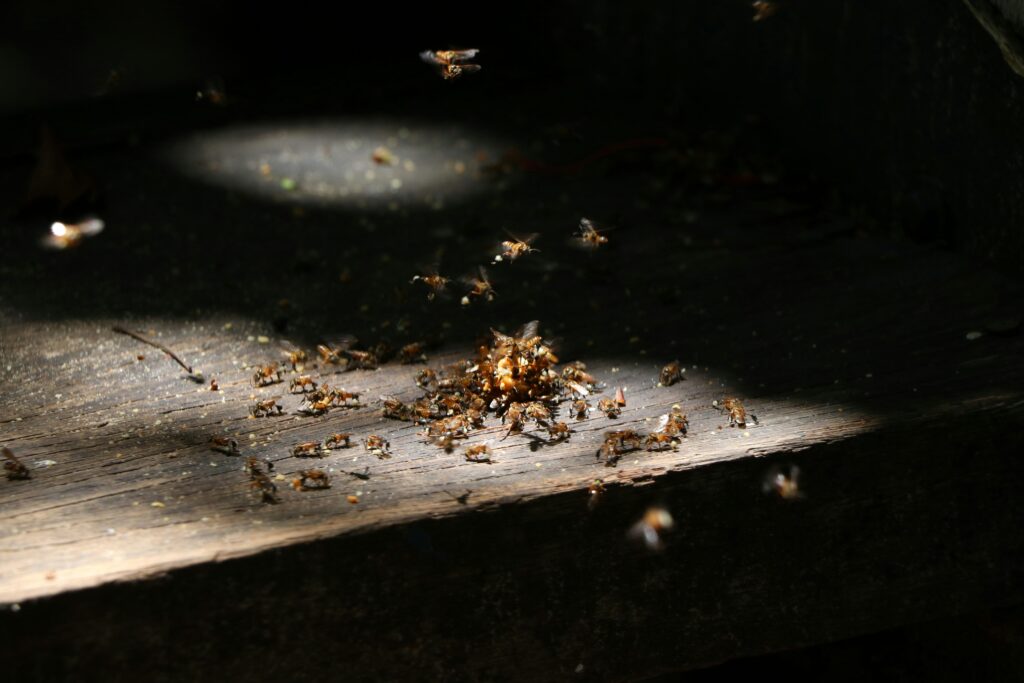
Termite queens hold the remarkable distinction of being among the longest-living insects on Earth, with documented lifespans exceeding 50 years in some species. This extraordinary longevity dwarfs the typical insect lifespan, which generally ranges from days to months, with few exceeding a year or two. Species from the Macrotermes and Nasutitermes genera are particularly known for their long-lived queens, with some specimens estimated to have reigned for nearly seven decades. This exceptional longevity allows a single queen to produce millions of offspring throughout her life, ensuring colony continuity and genetic legacy. Scientists believe this extreme lifespan evolved as an adaptation to the stable, protected environment of termite mounds and the high reproductive value of the queen to her colony.
The Physiology of a Long-Lived Queen

Termite queens undergo dramatic physiological changes that enable their exceptional longevity, transforming from winged reproductives to specialized egg-laying machines. After mating, a queen’s abdomen expands dramatically through a process called physogastry, sometimes growing to 3,000 times her original size and preventing her from moving independently. Their bodies develop specialized systems to mitigate cellular damage, including enhanced antioxidant production and cellular repair mechanisms that combat the aging process. Research indicates that termite queens possess unique gene expression patterns that upregulate longevity-associated pathways while downregulating genes linked to aging. Queens also benefit from constant care from worker termites who feed, clean, and protect them, essentially creating a living environment optimized for longevity.
Reproductive Capacity That Defies Imagination
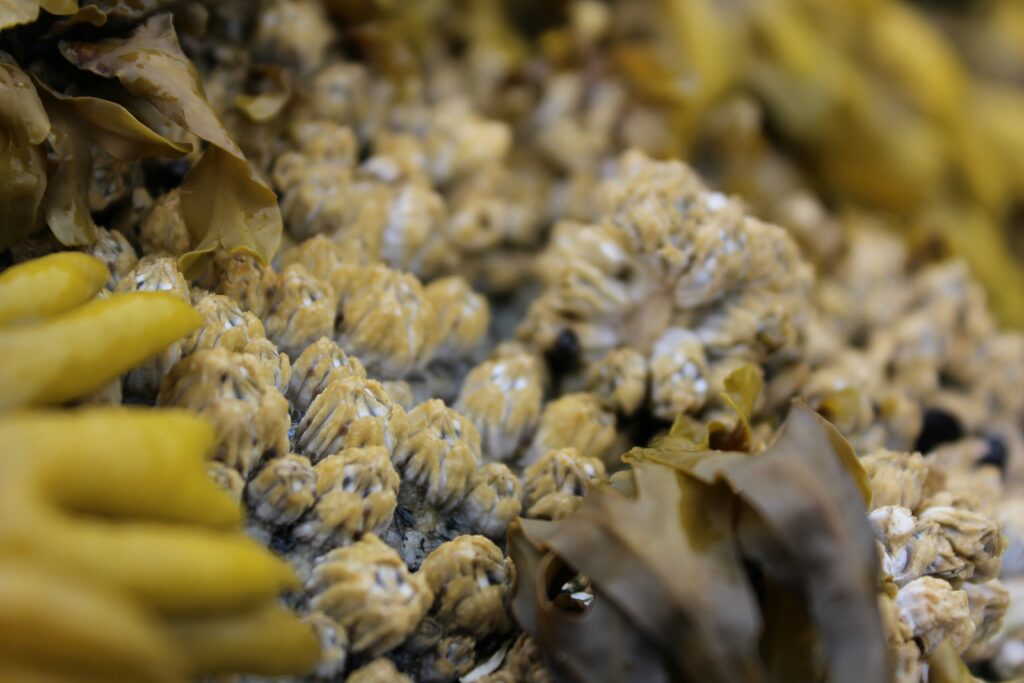
The reproductive output of a termite queen stands as one of nature’s most impressive biological feats, with some queens capable of laying more than 30,000 eggs per day. Over a 50-year lifespan, a single queen might produce hundreds of millions of offspring, efficiently maintaining colony populations that can exceed several million individuals. Unlike most insects whose reproductive capacity diminishes with age, termite queens maintain high fertility rates throughout their long lives, sometimes even increasing egg production as they mature. This sustained reproductive capacity relies on specialized reproductive organs and efficient physiological systems that convert nutrients directly into egg production. Some species have evolved a system where the queen’s eggs pass through specialized chambers in her abdomen where symbiotic microorganisms supplement them with essential nutrients before laying.
The Evolutionary Advantage of Queen Longevity
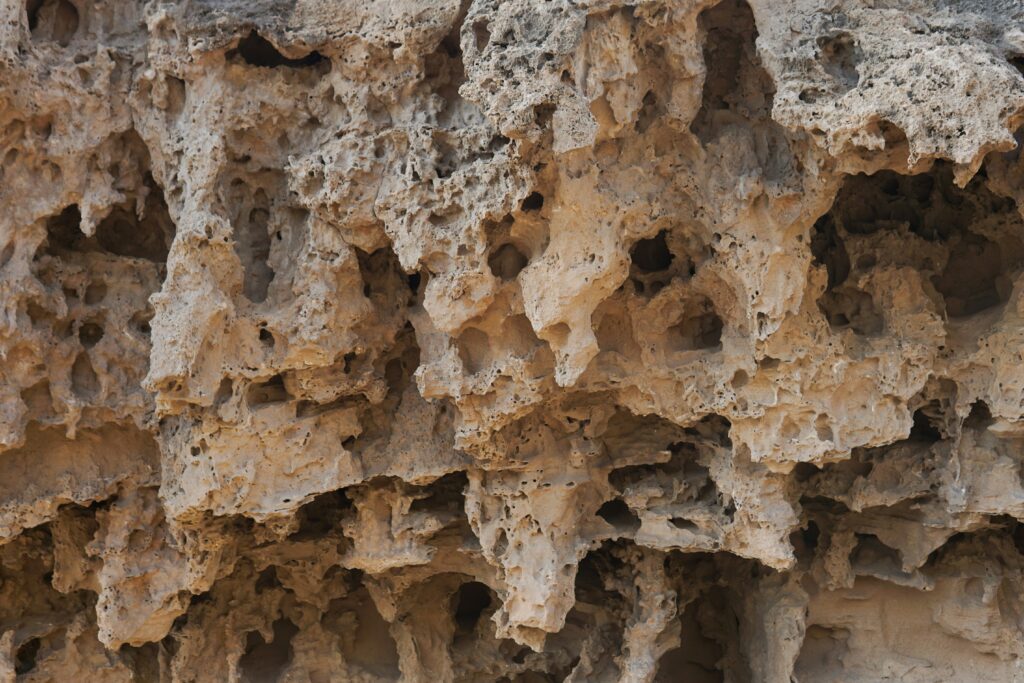
The remarkable longevity of termite queens represents a masterful evolutionary strategy that promotes colony stability and success in competitive environments. By centralizing reproduction in a few long-lived individuals, termite societies ensure consistent genetic continuity while allowing workers to specialize in other tasks essential to colony survival. This evolutionary adaptation provides termite colonies with institutional memory through genetic lineage, allowing successful adaptations to environmental conditions to persist across generations. The queen’s long lifespan also reduces the vulnerable periods of colony establishment and succession that occur when new reproductives must take over. Evolutionary biologists suggest that queen longevity evolved in tandem with complex social structures, creating a positive feedback loop where longer-lived queens enabled more complex societies, which in turn provided better care for queens.
Royal Care: How Workers Extend Their Queen’s Life
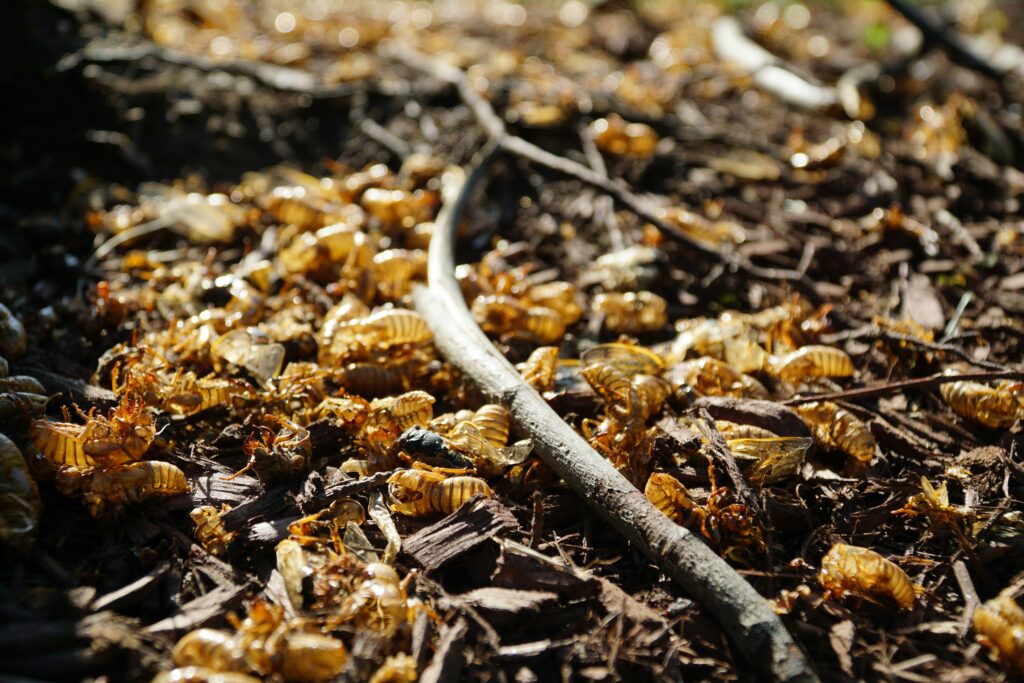
The extraordinary longevity of termite queens results partially from the meticulous care provided by worker termites who attend to their every need in a sophisticated system of royal nurturing. Worker termites construct a specialized royal chamber for the queen and king, typically positioned in the safest, most environmentally stable region of the nest where temperature and humidity remain optimal for longevity. These dedicated attendants feed the queen a nutrient-rich diet through trophallaxis (mouth-to-mouth feeding), providing her with pre-digested foods specifically formulated to support her enormous metabolic needs. Workers also constantly groom the queen, removing potential pathogens and parasites from her body and applying antimicrobial secretions that help prevent infections. Additionally, when danger threatens the colony, workers will defend the royal chamber with their lives, sometimes walling off access points and sacrificing themselves to protect their genetic matriarch.
Termite Queens vs. Other Long-Lived Insects
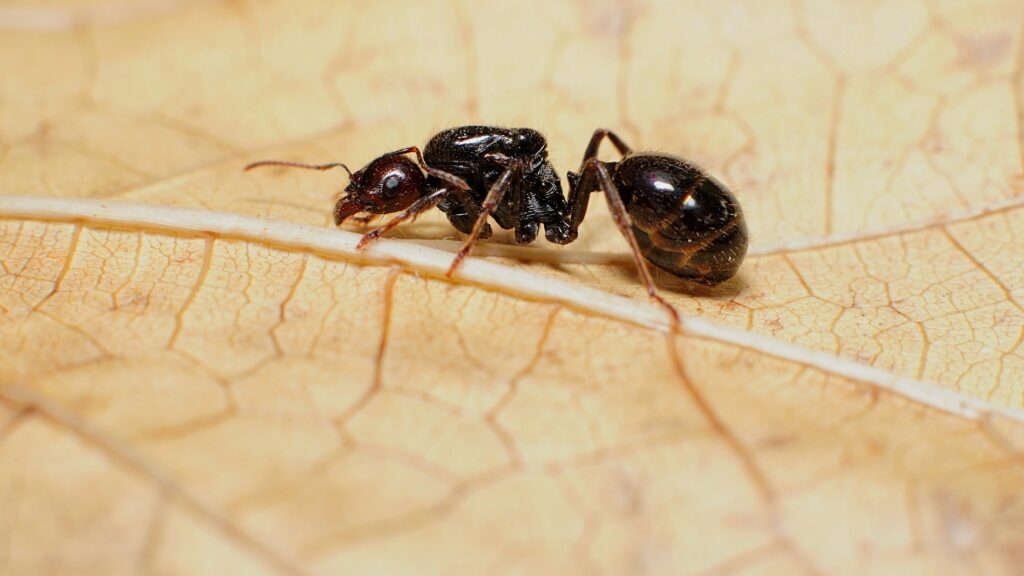
While termite queens stand among the longest-lived insects, they share this distinction with only a handful of other remarkable species in the insect world. Queen honeybees can live 2-5 years, impressive for their species but far short of termite queens’ decades-long reign. Ant queens from certain species, particularly those from the genus Formica, have been documented living 15-20 years in protected laboratory environments. Some wood-boring beetles can live for several decades in their larval stage, with species like the hardwood stag beetle having documented lifespans approaching 30 years before pupation. What distinguishes termite queens from these other long-lived insects is the combination of continued high reproductive output and somatic maintenance throughout their extended lives, whereas most insects face inevitable trade-offs between longevity and reproduction.
The Complex Succession When a Queen Dies
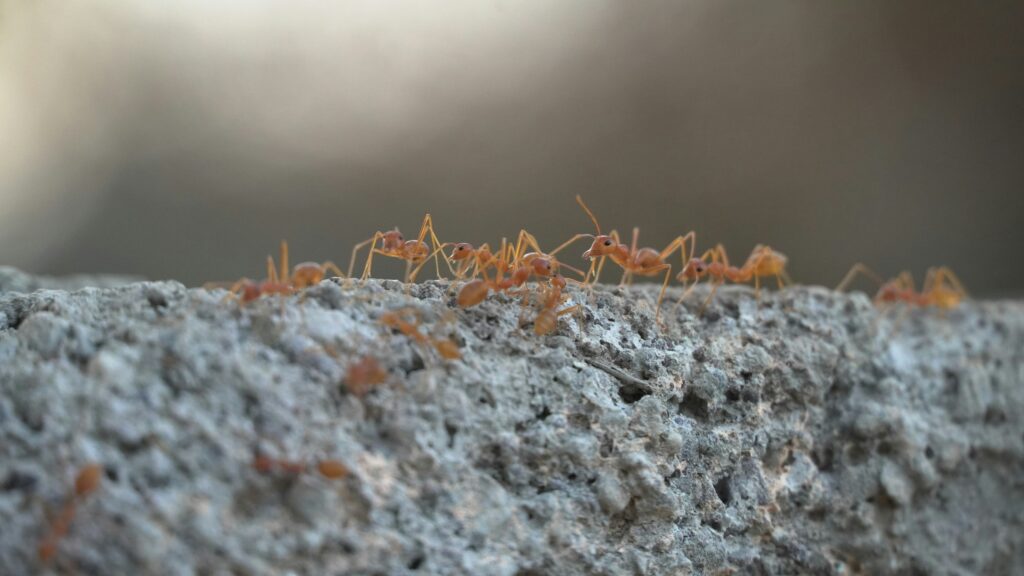
The death of a termite queen after her multi-decade reign triggers sophisticated succession mechanisms that ensure colony continuity and prevent catastrophic collapse. Many mature colonies maintain “replacement reproductives” or secondary queens that can quickly assume egg-laying responsibilities if the primary queen dies or her fertility declines. In some termite species, special nymphs called neotenics rapidly develop into reproductive individuals when they detect the absence of queen pheromones, a chemical signal that normally suppresses their reproductive development. The transition period following a queen’s death often involves complex social reorganization, with workers adjusting their behaviors to accommodate the new reproductive hierarchy. Remarkably, some termite species have evolved a system of genetic memory where the replacement queen can continue the genetic legacy and adaptations of her predecessor, maintaining colony-specific adaptations to local conditions.
Scientific Insights from Studying Long-Lived Queens
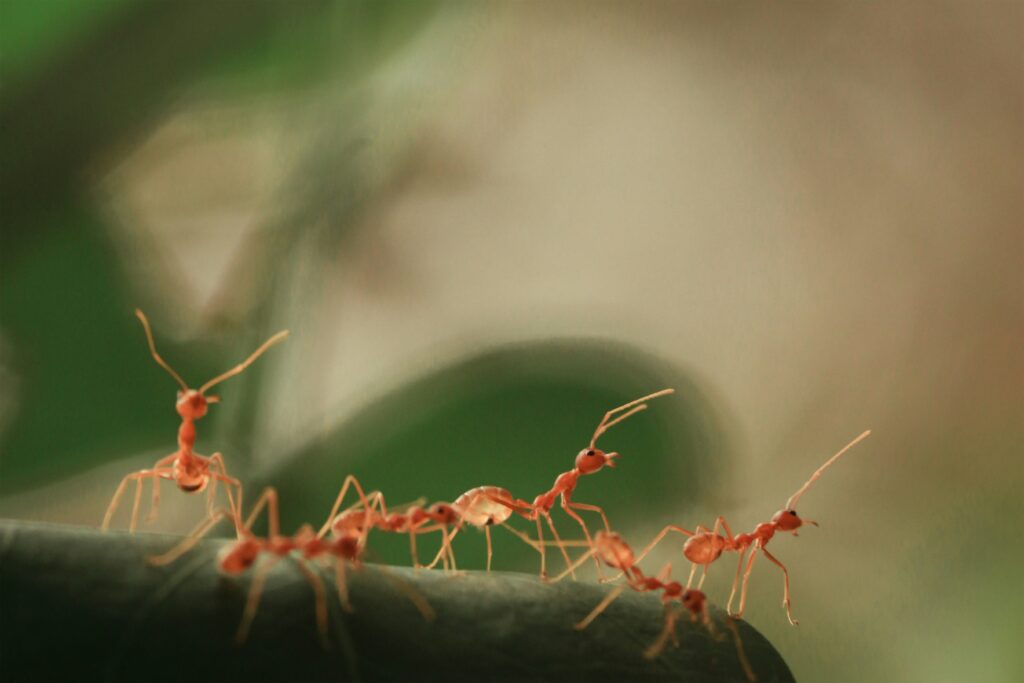
Termite queens have become invaluable subjects for scientists studying the fundamental mechanisms of aging and longevity across species. Researchers have identified specialized genes and biochemical pathways in termite queens that appear to slow cellular aging, providing potential insights for human age-related research. Genomic studies of these long-lived insects have revealed unique patterns of telomere maintenance, with termite queens showing remarkably stable telomere length throughout their lives, unlike most organisms whose telomeres shorten with age. Their bodies also demonstrate exceptional resistance to oxidative stress, a major factor in aging, through specialized antioxidant systems that efficiently neutralize harmful free radicals. Immunologists have noted that termite queens maintain robust immune function despite their advanced age, contradicting the immunosenescence (declining immune function) typically observed in aging organisms.
Geographic Variations in Queen Longevity
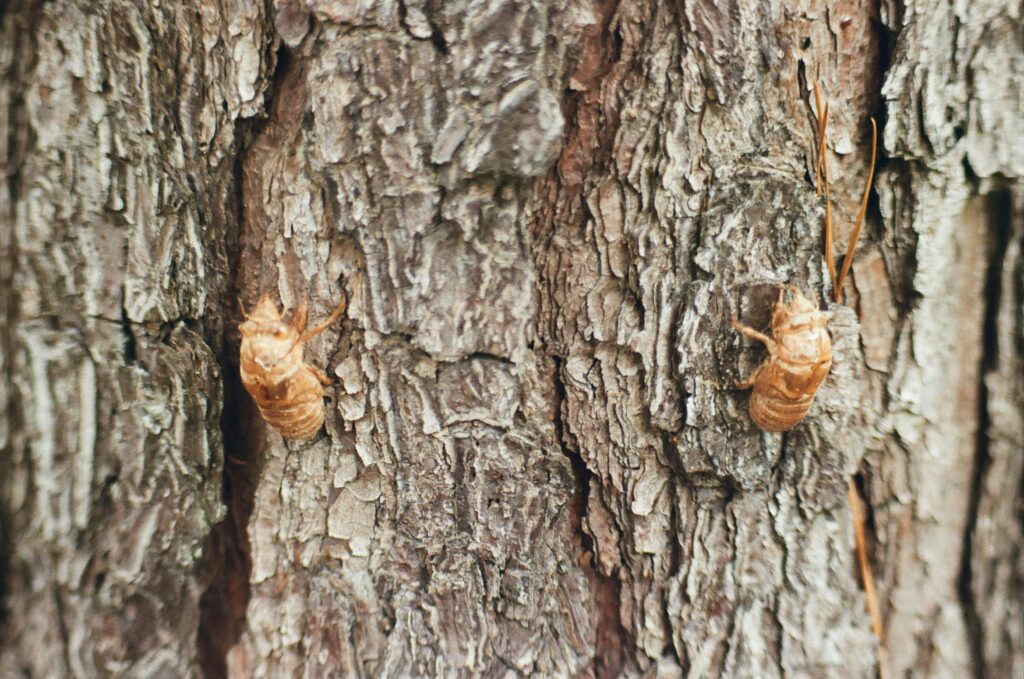
The lifespan of termite queens varies significantly across different geographic regions and habitats, with certain environmental factors appearing to influence maximum longevity. Tropical and subtropical termite species, particularly those found in stable rainforest environments of Central Africa and Southeast Asia, tend to produce the longest-lived queens, with documented lifespans frequently exceeding 50 years. Species from more seasonal environments, like those found in Australia’s outback or North America’s temperate regions, generally have queens with shorter lifespans, typically ranging from 10-30 years. Research indicates that habitat stability plays a crucial role in queen longevity, with termites from predictable environments evolving longer lifespans than those from variable or harsh conditions. Interestingly, some of the most extreme queen longevity records come from species that build massive, environmentally regulated mounds that effectively buffer against external climate fluctuations.
The Physical Transformation of a Queen
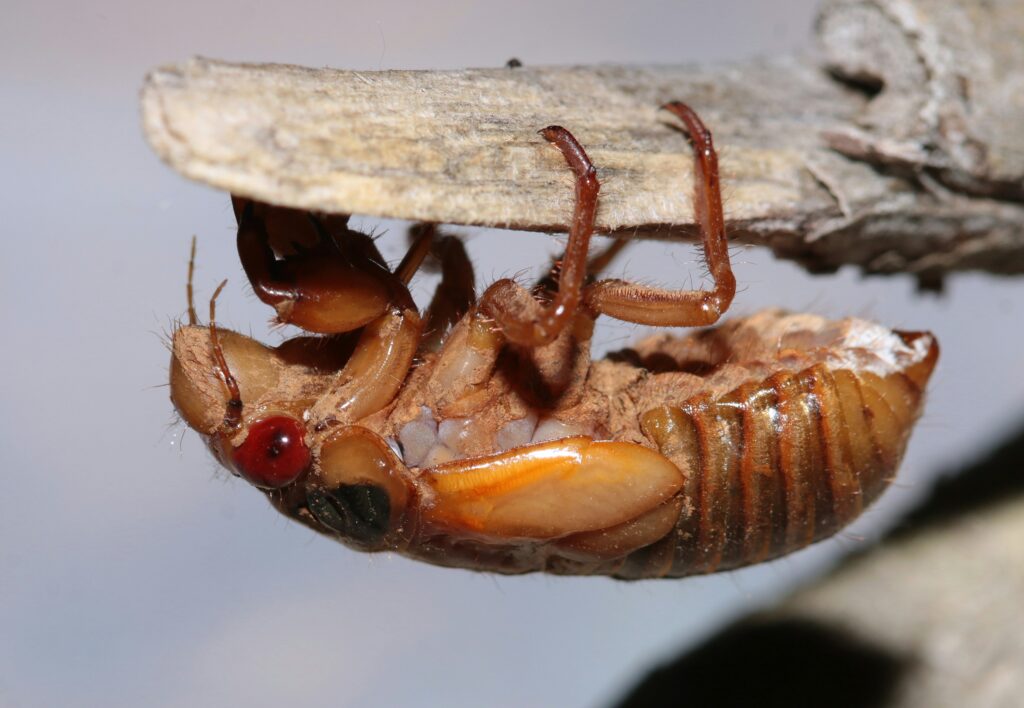
The physical metamorphosis of a termite queen throughout her decades-long life represents one of the most dramatic transformations in the insect world. Beginning life as a winged alate barely distinguishable from her peers, a future queen undergoes dramatic changes after her nuptial flight and successful mating. Her abdomen begins expanding within months of establishing a new colony, gradually stretching as her ovaries develop to accommodate her increasing egg production. In many species, the queen’s body eventually stretches to resemble a pale, bloated sausage many times her original length, with her once-proportional head appearing tiny atop her massively distended egg-factory abdomen. This physical transformation is accompanied by internal changes, including the development of specialized fat bodies that store nutrients, enlarged tracheal tubes for increased oxygen delivery, and modified digestive systems that maximize nutrient extraction from food. Despite this extreme morphological change, the queen’s vital organs continue functioning efficiently for decades, a remarkable feat of biological engineering.
Threats to Queen Longevity in the Modern World

Despite their evolutionary adaptations for long life, termite queens face increasing threats in today’s rapidly changing world that may compromise their remarkable longevity. Habitat destruction, particularly deforestation in tropical regions, eliminates suitable environments for colony establishment and disrupts the stable conditions necessary for maximum queen lifespan. Climate change poses significant challenges, as rising temperatures and altered rainfall patterns disrupt the carefully maintained microclimate within termite nests that supports queen health. Widespread use of modern termiticides often targets the reproductive center of colonies, directly exposing queens to toxic compounds designed to eliminate their colonies. Invasive termite species also threaten native queens through competitive exclusion and habitat takeover, particularly in regions where introduced species like Formosan subterranean termites displace indigenous populations.
Cultural Significance of Termite Queens

Across various cultures, particularly in regions where termites feature prominently in the ecosystem, termite queens hold significant cultural and symbolic importance beyond their biological role. In parts of sub-Saharan Africa, termite queens are harvested as a nutritional delicacy, prized for their high protein and fat content, with pregnant women in some communities specifically seeking them out for their purported health benefits. Several traditional medicinal systems attribute healing properties to termite queens, using them in remedies for conditions ranging from infertility to respiratory ailments. The termite queen’s fecundity has made her a symbol of abundance and fertility in certain cultural traditions, sometimes featuring in creation myths and fertility rituals. Additionally, the architectural marvel of termite mounds, built to protect their queens, has inspired human designers and architects seeking sustainable building approaches that efficiently regulate temperature with minimal resource use.
Studying the Secrets of Aging Through Termite Queens
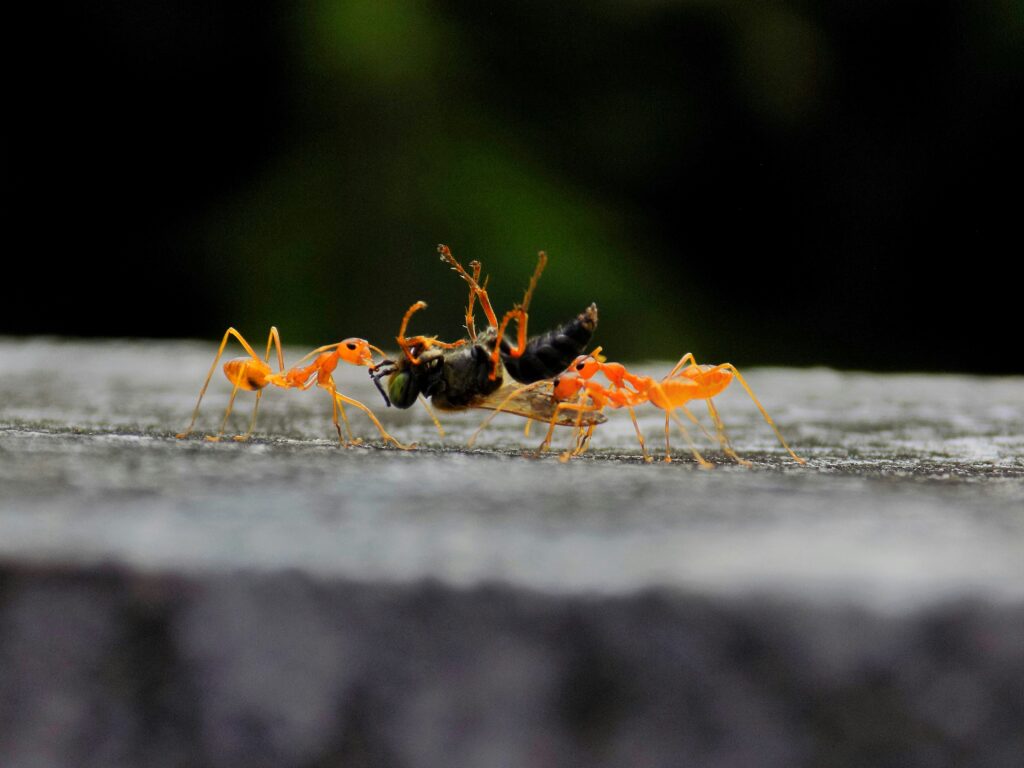
Termite queens have emerged as fascinating subjects for aging research, offering unique insights into the mechanisms that allow certain organisms to delay senescence far beyond their evolutionary peers. Scientists have identified specialized molecular pathways in termite queens that appear to continuously repair cellular damage, preventing the accumulation of aging-related dysfunction that typically limits lifespan. Comparative studies between short-lived worker termites and their long-lived queens from the same genetic background provide valuable models for understanding how gene expression and environmental factors influence aging outcomes. Recent research has revealed that termite queens maintain unusually effective mechanisms for DNA repair and protein quality control, preventing the accumulation of damaged molecules that typically contribute to aging. Perhaps most intriguingly, studies of termite queen gut microbiomes show distinctive bacterial communities that may contribute to their longevity through improved nutrient processing and production of beneficial compounds.

